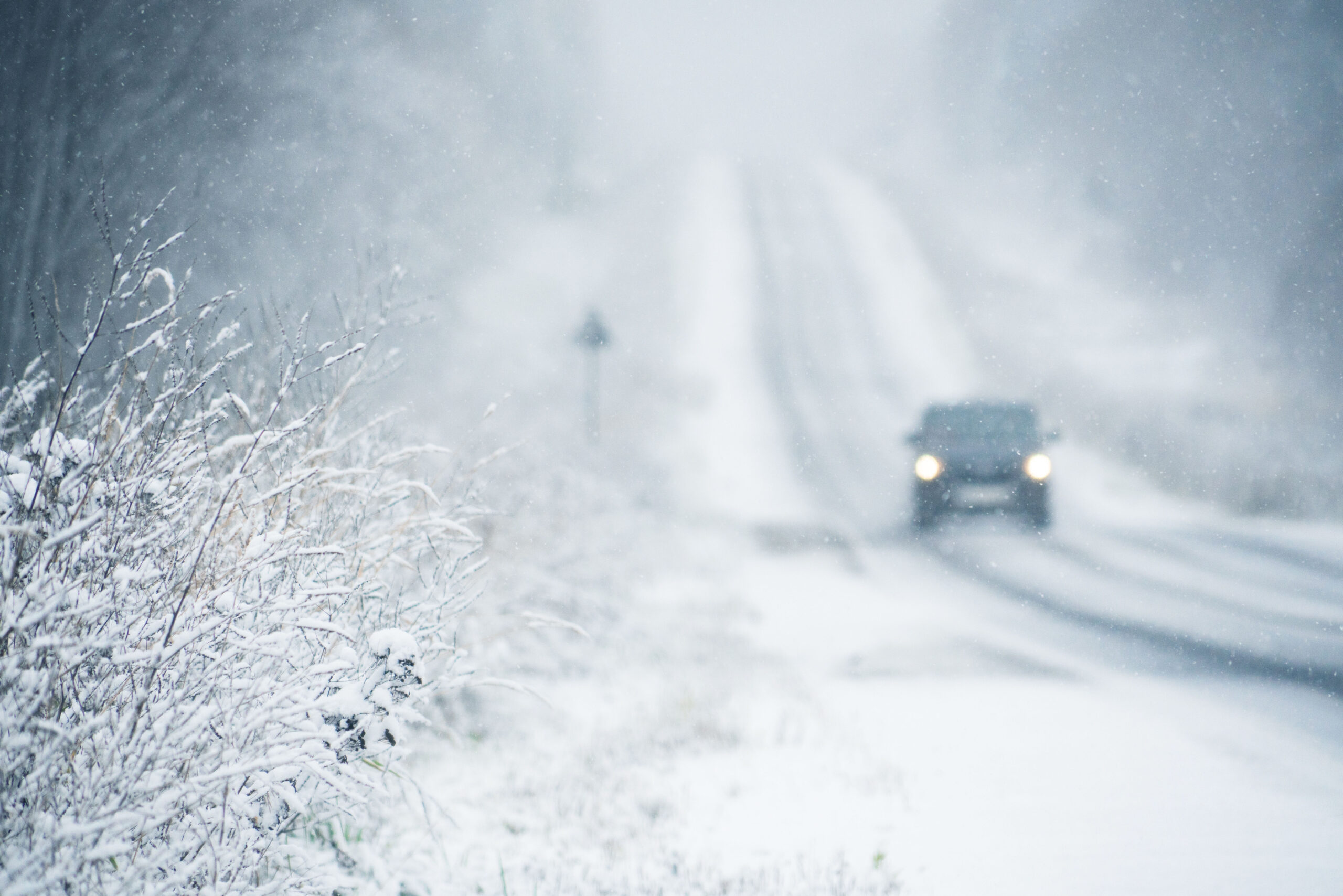By: UWPD Emergency Management

Winter increases various risks, many of which might not immediately come to mind when you think of hazardous conditions — especially depending on where you live. However, the data tells a different story, highlighting the dangers that accompany the colder months:
- Each year, more than 116,800 people are injured in vehicle crashes in winter conditions.
- Heating fires are one of the leading causes of house fires, resulting in injuries, death, and millions of dollars in property damage.
- Even walking can be dangerous in the winter! In 2021, 38,300 workers in Wisconsin experienced slips, trips, or falls that impeded their ability to perform their jobs.
So, what can you do to prepare for winter? We’re glad you asked.
Heating Your Home
- Keep anything that could burn at least three feet away from heating sources. Laundry, books, boots, you name it — move it back.
- Plug space heaters directly into an outlet rather than a power strip.
- Place a rolled towel at the bottom of your windows and doors to minimize drafts.
- Open blinds and curtains to let the heat from the sun in during the day and close blinds, curtains, and doors at night to trap the heat in.
Travel Safety
- Check weather forecasts and warnings before you travel. You don’t want to get caught unaware and unprepared.
- If the roads are bad, postpone non-essential travel. If that’s not an option, give yourself extra time to reach your destination. Let people know where you’re going and when you hope to arrive.
- Try to keep your gas tank full. You don’t want to be stranded with an empty tank.
- Install good winter tires.
- Put an emergency supply kit in your car — include items like jumper cables, flares, and blankets.
- Keep a list of emergency phone numbers: family members, auto insurance providers, and towing companies.
Carbon Monoxide Poisoning
During the winter months, there’s an increased risk of carbon monoxide poisoning as people turn on heating systems or warm their cars up in their garages. Here’s some helpful information:
- Carbon monoxide can be produced by cars or trucks, small engines, stoves, and fireplaces, among other things. This gas is odorless and colorless, making it hard to detect.
- Headaches, fatigue, shortness of breath, nausea, and dizziness are all symptoms of mild carbon monoxide poisoning.
- It’s recommended that you install a carbon monoxide detector near your home’s sleeping areas. If the detector is battery-operated, check or replace the batteries regularly.
Outdoor Activities
- Carry a fully charged cell phone if you plan to spend some time outside.
- Wear layers for extra insulation.
- Don’t stay outside for too long without breaks to warm up indoors.
